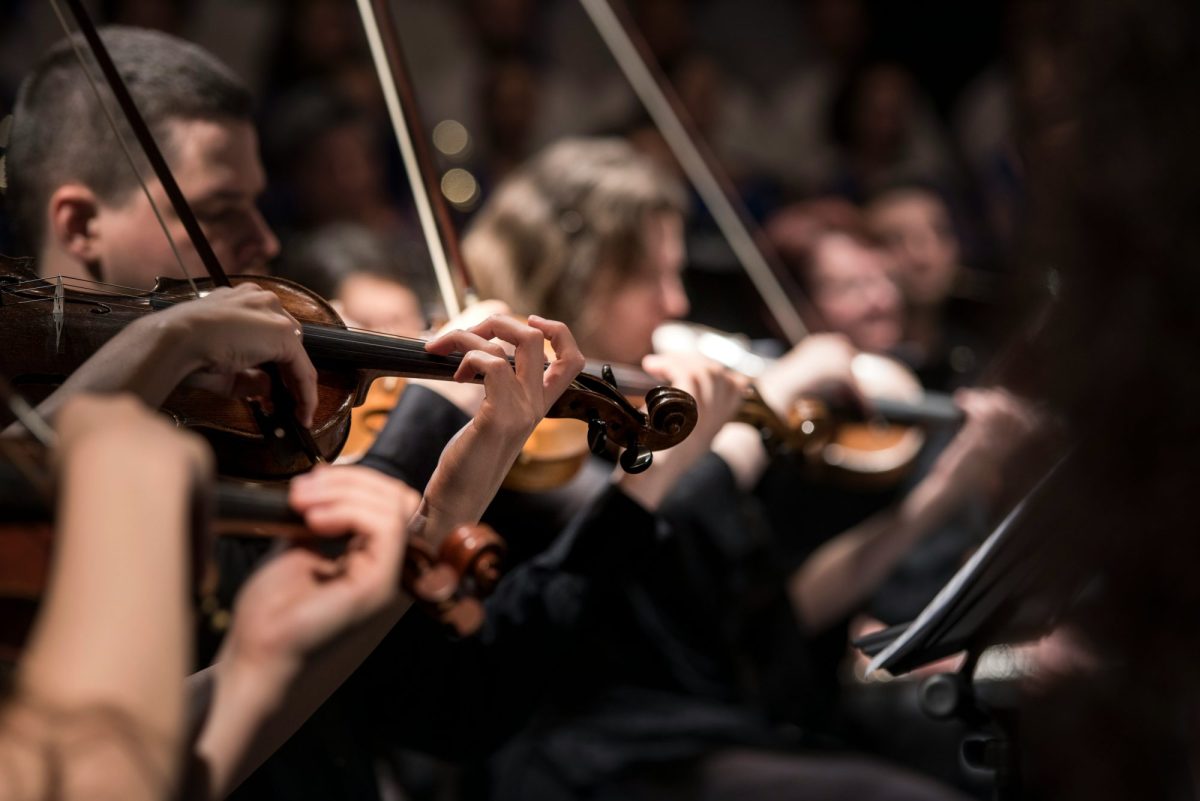It’s not a loud collapse, but a slow fade. The classical music crisis in Australia has been gathering quietly for decades. It’s a sector that has historically been underfunded, underattended, and often underacknowledged. While audience decline is perhaps the most visible sign, the deeper issues lie in a fatigued workforce, entrenched inequalities, and a cultural perception of irrelevance.
This so-called ‘quiet crisis’ is increasingly impossible to ignore. And unless radical shifts are embraced, classical music may find itself relegated to the margins of Australian cultural life.
Table of Contents
The data is in: classical music audiences are ageing fast
Audiences for classical music in Australia are overwhelmingly older, and getting older still. Back in 2005, just 9% of the population attended a classical performance. In 2022, that figure had dropped to 7%, according to Creative Australia’s Music Fact Sheet.
This is in stark contrast to contemporary music, which reached 29% of the population in the same year. Among younger Australians (aged 15–34), 67% attended live music, but only 10% attended classical concerts. The appeal is simply not cutting through. And the perception that classical music is elitist, expensive, or ‘not for people like me’ continues to create barriers.
Socio-economic data makes this divide even clearer. Those with postgraduate degrees are five times more likely to attend than those with a Year 10 education (26% vs 5%). The genre’s heavy reliance on a narrow, privileged demographic is one of the structural fault lines of the classical music crisis.
Burnout and precarity: classical musicians are paying the price
Behind the polished performances are exhausted musicians. A 2014 study found 32% of professional Australian orchestra musicians experienced depression, while 22% reported symptoms of PTSD. Given that the industry has only become more difficult, it’s easy to imagine these numbers have grown. Among music students, that number jumped to 61%, a chilling insight into the mental health risks that come with the profession.
Long hours, insecure work, physical strain, and intense competition are all contributing factors. Many freelance musicians report earning significantly less now than a decade ago, despite working harder and investing more in self-promotion.
While tenured orchestral positions still offer salaries upwards of $100,000, these are few and increasingly inaccessible. For most musicians, the reality is a ‘portfolio career’ built on teaching, casual gigs and underpaid labour. As one report puts it: ‘Musicians are often the last to be paid.’
The classical music crisis is also a crisis of relevance
The music itself isn’t the problem. What’s at stake is relevance: whether classical music feels connected to the concerns and identities of contemporary Australia.
Some institutions are trying. The Australian Youth Orchestra (AYO) has made inclusivity a strategic priority, including targeted programs for First Nations students and regional youth. The Australian Chamber Orchestra runs ‘ACO Families’ shows and early years music programs to build audience pipelines from a young age.
Meanwhile, ensembles like Ensemble Offspring and Flinders Quartet continue to program new Australian works, collaborate across genres and present concerts in non-traditional spaces. WASO’s Rusty Orchestra invites amateur musicians to perform alongside professionals, breaking down status barriers and expanding reach.
But innovation remains patchy and underfunded. And the reality is that many of the most structurally conservative orchestras still control the lion’s share of funding and decision-making.
Classical music inequality begins in the classroom
Music inequality in Australia starts early and often goes unaddressed. Regional students are significantly less likely to have access to quality music education, with travel costs, poor infrastructure and teacher shortages all playing a role.
The result is a double blow: talented young musicians from rural areas fall out of the pipeline, while regional audiences miss out on early exposure to the art form. Bolstering music education is the sole focus of the Australian Children’s Music Foundation and advocacy groups such as Music Education Australia.
But even when support is provided in primary and secondary school, the tertiary sector is at risk of falling behind. There are increasingly fewer places for skilled musicians to study classical music in universities, with cuts and re-structures to university music programs accelerating in 2025.
Can the classical music crisis become a turning point?
Despite the grim data, this is not a story of inevitable decline. As the 2025 Listening In report suggests, the appetite for live music is strong, but audiences want relevance, accessibility and authenticity.
To survive, the classical music industry must do more than tweak programming. It must undergo profound structural change: diversifying leadership, redistributing resources, and embedding inclusion not as a marketing strategy but as a core value.
The music isn’t dead. But the model is. What comes next depends on whether the sector is willing to reimagine itself, with artists and audiences at the centre.
Discover more screen, games & arts news and reviews on ScreenHub and ArtsHub.

